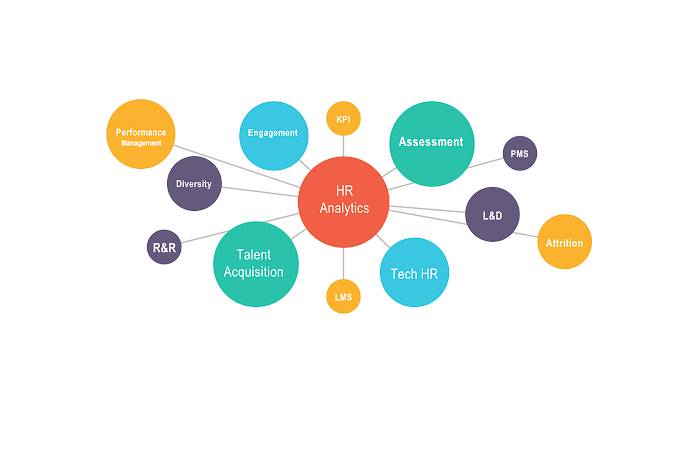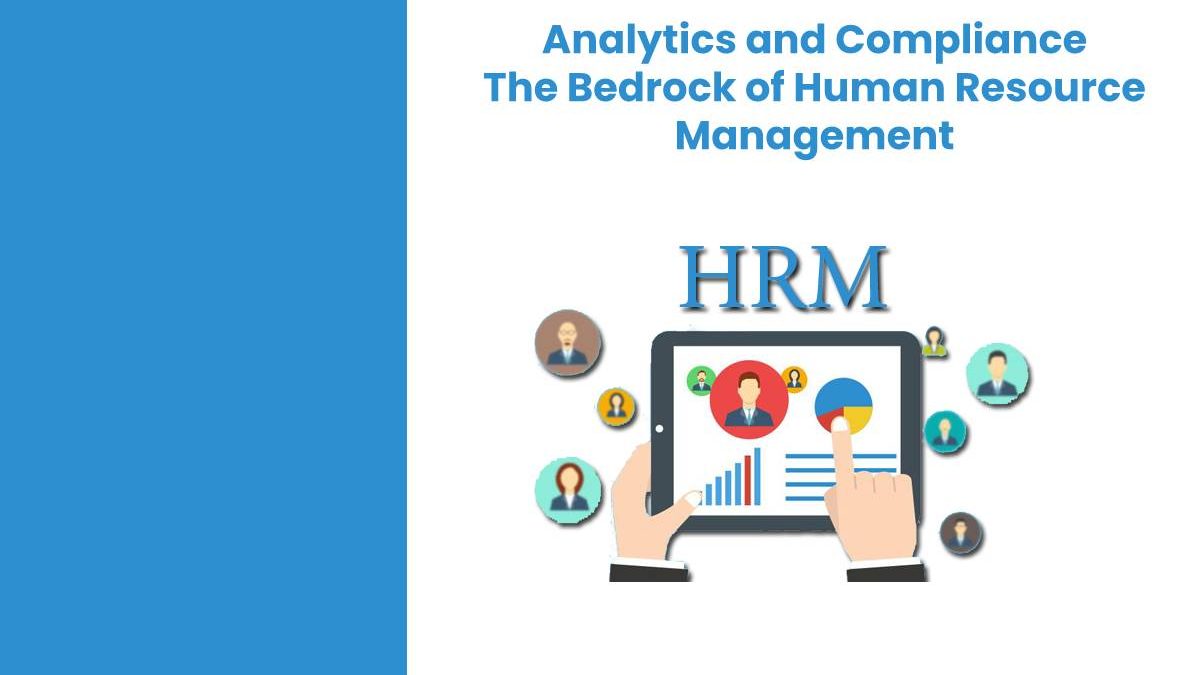Human Resource Management
It’s in every company’s best interest to have an HR compliance checklist. After all, compliance is a top area of focus and concern for human resources departments and company executives.
Before drawing up your list, it’s a wise idea to understand the nature of compliance and how it should be handled throughout all areas of the company.
Table of Contents
What is HR Compliance?
Human Resources compliance is a process of defining policies and procedures to ensure your employment and business practices demonstrate a thorough understanding of applicable laws and regulations, while being aware of the company’s human capital resource objectives.
Companies face increasing HR complications as the number of employment laws and regulations are on the rise, and the penalties for non-compliance are even greater.
When developing HR policies and procedures, business owners should know that:
- An employer must follow employment laws, including applicable federal, state, and local regulations.
- A business may be subject to an audit from an enforcing agency that may charge fines and penalties for non-compliance.
- Not knowing or understanding your compliance obligations is not an acceptable legal defense.
- A lawsuit settlement can bankrupt a company.
What is HR’s Role in Compliance?
One of the key roles of HR departments is bridging the gap between the company’s growth trajectory, objectives, and compliance practices that influence activities such as hiring, employee development, and retention. Finding the balance between strategy and compliance starts with a clearly defined set of goals.
Understanding the company’s strategic priorities lays the foundation for a better understanding of different scenarios and how compliance impacts decisions. HR goals should be designed to support the company’s strategy while also considering different scenarios and compliance implications.
HR-compliance revolves around employee-related matters, including when and how to pay overtime, employee documentation that must be maintained, administering benefits, hiring procedures, and separation policies. This might prove to be a lot to handle from a business owner’s perspective, not to forget the expenses involved. But, with the rise of online businesses, there are many HR companies that business owners can benefit through outsourcing their HR requirements.
Benefits of Outsourcing HR Compliance
Potential Cost Savings
In many cases, HR outsourcing helps save costs and eases administrative burdens. Outsourcing may also help in-house staff focus their efforts on core business functions without additional overhead.
On-Hand HR Expertise
The greatest challenge is that failure to comply with applicable employment laws can lead to penalties, loss of business license, or lawsuits from employees or former employees. Outsourcing HR functions to a trusted agency can help business owners better understand the laws and regulations that apply to them.
Access to the Latest Technology
HR outsourcing can allow companies that may have minimal resources to use cutting-edge technology that could otherwise be costly to acquire and maintain on their own. With an external expert handling some of the functions through their platform, businesses may benefit from using more innovative technological systems without having to own them.
What is HR Analytics?
Human Resource analytics is defined as a part of analytics that deals with people-analysis and applying analytical process to the human capital within an organization to improve employee performance and retention.

HR analytics is used in many businesses worldwide. The integration of HR analytics into a business structure offers significant benefits, with more businesses seeing a better return on their investments.
How HR Analytics can Improve Human Resource Management
Analytics is used by businesses to improve the overall functioning of their human resource and human capital management sectors.
Here are some HR Analytics examples:
1. Improves Hiring Decisions Throughout The Company
HR analytics has the potential to help improve your hiring decisions by utilising data collected from previous employee hire sessions.
Upon interviewing 15 candidates for a previous position in your company, you find that 7 of them share similar traits that are not compatible with your company’s business principles or culture. Utilising this information, you can adjust your company profile to automatically eliminate applicants who possess those traits, thereby improving the efficiency of the recruitment process.
2. Monitors Employee Training Data
In most businesses, professional development is essential to attract and retain quality staff.
If there is little offered towards professional development, it can result in employee attrition, a lack of direction, and poor employee morale. Integrating HR analytics may help in improving employee retention and productivity.
Additionally, implementing an employee professional development program demonstrates that you are genuinely interested in helping employees to reach their full potential, as well as encouraging them to develop new skills and qualifications in their chosen field.
It’s a sign of a forward-thinking and enterprise innovation that values its employees and the contribution they make to the business.
3. Identifies Employee Retention Rate
High employee turnover is a warning sign that should be addressed. While the reasons behind high staff turnover may be varied, it’s essential to undertake an analysis of the company’s culture, structure, remuneration, and business model to gain insight into the reasons behind staff attrition and to implement strategies to lower the attrition rate. HR analytics can aid in this process by providing data driven insights into the reasons why employees are loyal, or why they choose to leave.
4. Unlocking Potential
Hiring poorly performing employees should be avoided. The identification, hiring, and promotion of the right team members is one of the primary aspects of human resources.
HR analytics help to identify successful traits within employees in an organization, as well as identify and avoid making mistakes that can be expensive and time-consuming to correct.
5. Data-Driven
In order to begin identifying the traits that play well off each other, as well as those that cause problems, we need to first gather a whole lot of data. In today’s world, with intricate systems, large organizations with team dynamics, and fluid business situations, data is your friend.
There’s a reason that some of the largest organizations invest huge sums acquiring or gathering data such as; data on their employees, their competitors, their clients, and anything else that can give them an edge. These organizations recognize the value of data in predicting behaviour among their stakeholders and the public. To give themselves the best fighting chance, they arm themselves with as much data as possible and narrow down on the most significant details that could be pivotal to an organization’s mission and shape its future.
Conclusion
HR analytics in a business can be beneficial to a company for many reasons. By gaining valuable data that can be gathered from HR analytics you have the potential to really improve your company’s spending, productivity, and operations.

